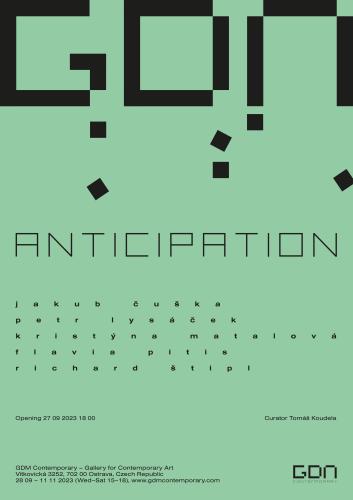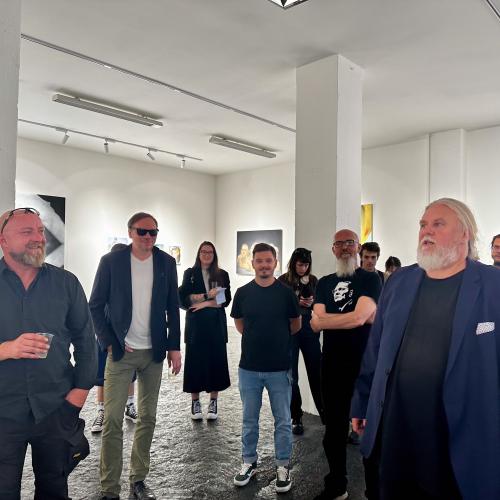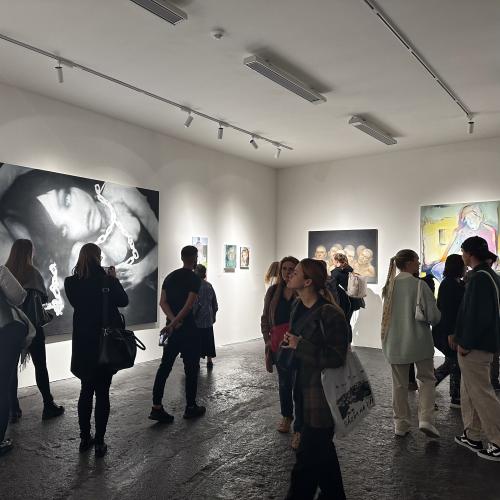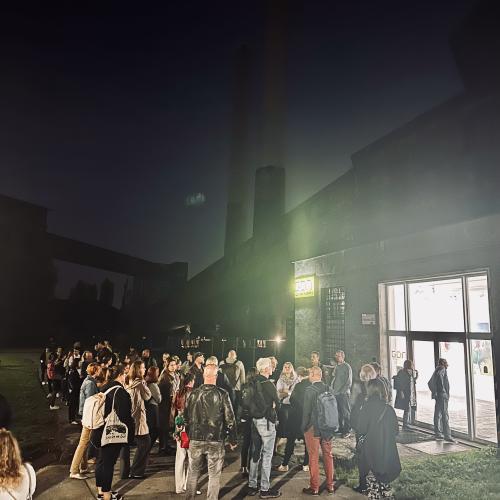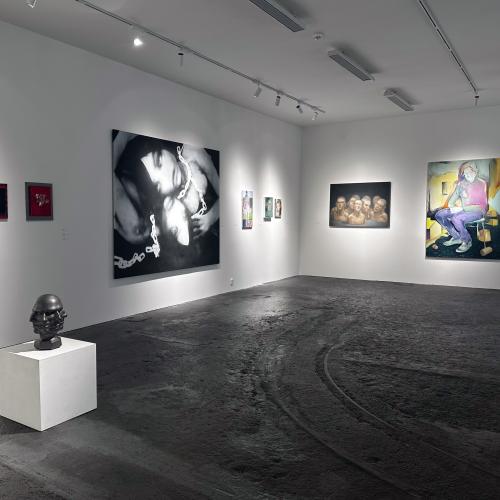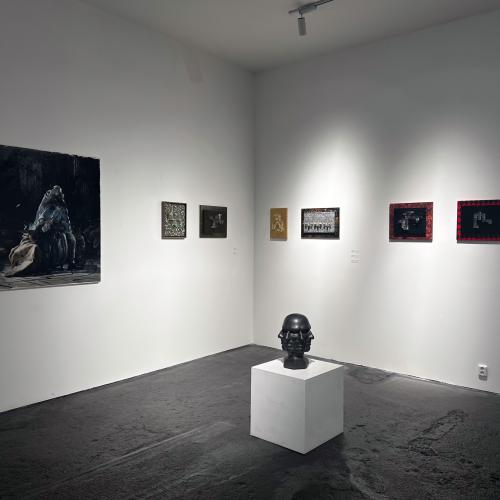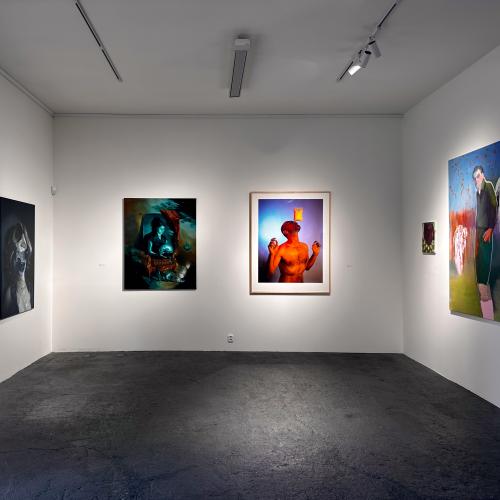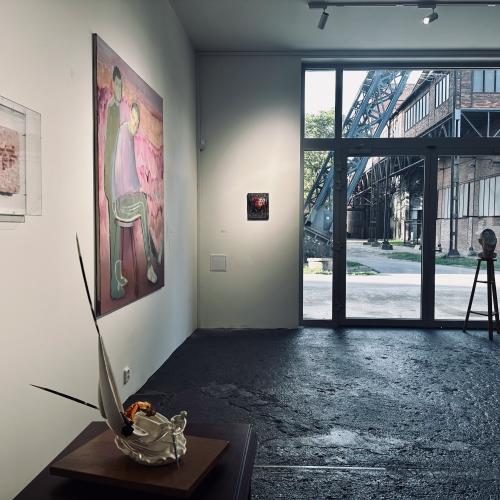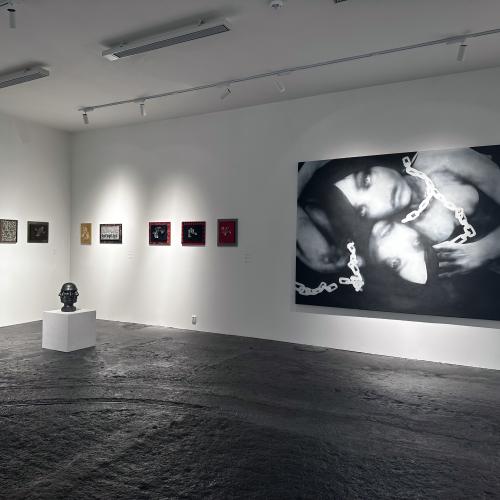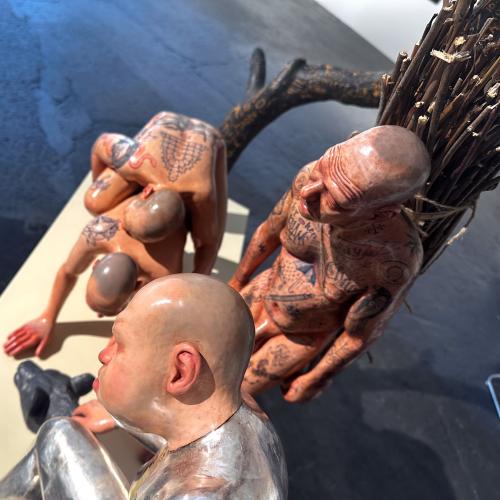Anticipation
28. 9. – 11. 11. 2023
Jakub Čuška (CZE)
Petr Lysáček (CZE)
Kristýna Matalová (CZE)
Flavia Pitis (ROU)
Richard Štipl (CZE)
Curator: Tomáš Koudela
Offered Artworks (Anticipation)
Individual pieces of artwork cannot be understood without connection to the whole. The artist realizes that one steps beyond the borders of visual communication and, at the same time, it is clear that no such borders exist.
The medium of the creator is a transparency of its receiver and this relationship is, undoubtedly, referentially and expressively appellative. The relevant topic is the openness of artwork, the openness of context, the reconnaissance of inter-contextual ties, potentialities, and possibilities of its effects.
Semantic gesture is a vibration that harmonizes meaning intentions, appealing to take a certain stand, to „accept or rather adapt the suggested aesthetic perspective “. (J. Hoffmanová, 1991).
Some realities seemed, seem, and are going to seem as unclear and hardly comprehensible relational consequences.
Existence is illegible, incomprehensible, unclear…but there are some among us who have the exceptional ability to anticipate and foresee meaning consequences moments before we can think about them as such. Oftentimes, artists are such prophets, grasping such phenomena that occur to their contemporaries much later or, when their generation successors who got to the root of the issue that was, to their predecessors, obscure.
Art work is not only a reflection of its time but also a sign of future changes. Artists, as a sensitive medium of society, can anticipate and reflect changing trends, thoughts, and paradigms, through their creations. They as if bridge the past, present, and future, and help us not only understand the world around us better but also us ourselves. Their creations are thus a mirror of our society, revealing not only that we can see on the surface but also that which is hidden deep below. And that’s why art is so necessary for our comprehension and interpretation of the world.
Jakub Čuška
*1989, CZE
Jakub Čuška is a prominent figure in the Czech art scene. After studying at the Academy of Fine Arts in Prague, where he was a student in the Painting IV studio under the guidance of Professors Michal Mainer and Marek Meduna, he moved to Olomouc. He is known as a figurative artist with characteristic gestural painting and illusory realism. His works, which often depict humans in an intimate and immediate form, have a monumental and somewhat psychedelic character. Čuška is a recognized artist and his works are presented at many exhibitions.
Petr Lysáček
*1961, CZE
He studied at the Prague Academy of Fine Arts under Stanislav Kolíbal and Jiří Ptáček between 1987 and 1993. Since 1994 till 2022 he worked as the head of the Intermediate Forms Studio at the University of Ostrava (now the Department of Intermedia at the Faculty of Arts of the University of Ostrava). He lives and works in Brno and Ostrava. Experiment and humour are characteristic signs of Lysacek’s art. He deals with Dadaistic playfulness which he uses to create paintings, drawings, objects, photographs and performances. Lysáček works with the lines of post-modernism, or more accurately the height of postmodernism – postproduction while he transforms and recycles a wide range of everyday objects of consumption. Incorporating them in his art work whilst simultaneously and dramatically re-contextualising them and bringing them back to life in the dimension as art work.
Kristýna Matalová
*1997, CZE
Kristýna Matalová is a young and promising Czech artist who successfully graduated from the Drawing Studio at the Faculty of Fine Arts, University of Ostrava in 2023. In her work, she primarily focuses on painting, playing with contrasts of light and shadow through the dominant use of black and white. Her works are dark and intense, often depicting stylized and deformed human figures that draw the viewer into the depths of mysterious and unanswered questions. Despite the short duration of her artistic career, Matalová has already shown her unique talent and originality, earning her attention on the Czech art scene.
Flavia Pitis
*1979, ROU
Her art explores issues of identity and isolation. Her painting does not have the function to represent reality, but to make present what is missing in reality. Most times, Pitis realizes this by isolating the subject and his confrontation with the loneliness of the chiaroscuro. Darkness introduces the immaterial, but sensitive forms of expecting something indefinable and outlines the aura of a mysterious presence. The universe of Flavia’s actions unfolds in rooms without natural light. Painted by using the chiaroscuro technique, these works present actions that seem to be condemned by being made in the dark. In particular, this dark background creates the opportunity for the appearance of glows, flashes and reflexes. There is nothing else to help define space than the shadow cast by the human figure.
Richard Štipl
*1968, CZE
Working initially as a painter, Štipl turned to making sculpture. Using himself as a model, Richard focuses exhaustively on the indefinite nature and moment-to-moment paradoxes inherent in the act of continuously recreating oneself throughout the course of a lifetime. Characteristically, Štipl’s paintings and sculptural works alike force us to reconsider the role of boundaries and consequent categories of choice that comprise contemporary attitudes and approaches to art-making and art-consumption. Štipl has exhibited worldwide and is included in many important public and private collections. Over the past several years, his work has captured extensive media and critical attention wherever he has exhibited.
Jakub Čuška (CZE)
Petr Lysáček (CZE)
Kristýna Matalová (CZE)
Flavia Pitis (ROU)
Richard Štipl (CZE)
Curator: Tomáš Koudela
Offered Artworks (Anticipation)
Individual pieces of artwork cannot be understood without connection to the whole. The artist realizes that one steps beyond the borders of visual communication and, at the same time, it is clear that no such borders exist.
The medium of the creator is a transparency of its receiver and this relationship is, undoubtedly, referentially and expressively appellative. The relevant topic is the openness of artwork, the openness of context, the reconnaissance of inter-contextual ties, potentialities, and possibilities of its effects.
Semantic gesture is a vibration that harmonizes meaning intentions, appealing to take a certain stand, to „accept or rather adapt the suggested aesthetic perspective “. (J. Hoffmanová, 1991).
Some realities seemed, seem, and are going to seem as unclear and hardly comprehensible relational consequences.
Existence is illegible, incomprehensible, unclear…but there are some among us who have the exceptional ability to anticipate and foresee meaning consequences moments before we can think about them as such. Oftentimes, artists are such prophets, grasping such phenomena that occur to their contemporaries much later or, when their generation successors who got to the root of the issue that was, to their predecessors, obscure.
Art work is not only a reflection of its time but also a sign of future changes. Artists, as a sensitive medium of society, can anticipate and reflect changing trends, thoughts, and paradigms, through their creations. They as if bridge the past, present, and future, and help us not only understand the world around us better but also us ourselves. Their creations are thus a mirror of our society, revealing not only that we can see on the surface but also that which is hidden deep below. And that’s why art is so necessary for our comprehension and interpretation of the world.
Jakub Čuška
*1989, CZE
Jakub Čuška is a prominent figure in the Czech art scene. After studying at the Academy of Fine Arts in Prague, where he was a student in the Painting IV studio under the guidance of Professors Michal Mainer and Marek Meduna, he moved to Olomouc. He is known as a figurative artist with characteristic gestural painting and illusory realism. His works, which often depict humans in an intimate and immediate form, have a monumental and somewhat psychedelic character. Čuška is a recognized artist and his works are presented at many exhibitions.
Petr Lysáček
*1961, CZE
He studied at the Prague Academy of Fine Arts under Stanislav Kolíbal and Jiří Ptáček between 1987 and 1993. Since 1994 till 2022 he worked as the head of the Intermediate Forms Studio at the University of Ostrava (now the Department of Intermedia at the Faculty of Arts of the University of Ostrava). He lives and works in Brno and Ostrava. Experiment and humour are characteristic signs of Lysacek’s art. He deals with Dadaistic playfulness which he uses to create paintings, drawings, objects, photographs and performances. Lysáček works with the lines of post-modernism, or more accurately the height of postmodernism – postproduction while he transforms and recycles a wide range of everyday objects of consumption. Incorporating them in his art work whilst simultaneously and dramatically re-contextualising them and bringing them back to life in the dimension as art work.
Kristýna Matalová
*1997, CZE
Kristýna Matalová is a young and promising Czech artist who successfully graduated from the Drawing Studio at the Faculty of Fine Arts, University of Ostrava in 2023. In her work, she primarily focuses on painting, playing with contrasts of light and shadow through the dominant use of black and white. Her works are dark and intense, often depicting stylized and deformed human figures that draw the viewer into the depths of mysterious and unanswered questions. Despite the short duration of her artistic career, Matalová has already shown her unique talent and originality, earning her attention on the Czech art scene.
Flavia Pitis
*1979, ROU
Her art explores issues of identity and isolation. Her painting does not have the function to represent reality, but to make present what is missing in reality. Most times, Pitis realizes this by isolating the subject and his confrontation with the loneliness of the chiaroscuro. Darkness introduces the immaterial, but sensitive forms of expecting something indefinable and outlines the aura of a mysterious presence. The universe of Flavia’s actions unfolds in rooms without natural light. Painted by using the chiaroscuro technique, these works present actions that seem to be condemned by being made in the dark. In particular, this dark background creates the opportunity for the appearance of glows, flashes and reflexes. There is nothing else to help define space than the shadow cast by the human figure.
Richard Štipl
*1968, CZE
Working initially as a painter, Štipl turned to making sculpture. Using himself as a model, Richard focuses exhaustively on the indefinite nature and moment-to-moment paradoxes inherent in the act of continuously recreating oneself throughout the course of a lifetime. Characteristically, Štipl’s paintings and sculptural works alike force us to reconsider the role of boundaries and consequent categories of choice that comprise contemporary attitudes and approaches to art-making and art-consumption. Štipl has exhibited worldwide and is included in many important public and private collections. Over the past several years, his work has captured extensive media and critical attention wherever he has exhibited.
